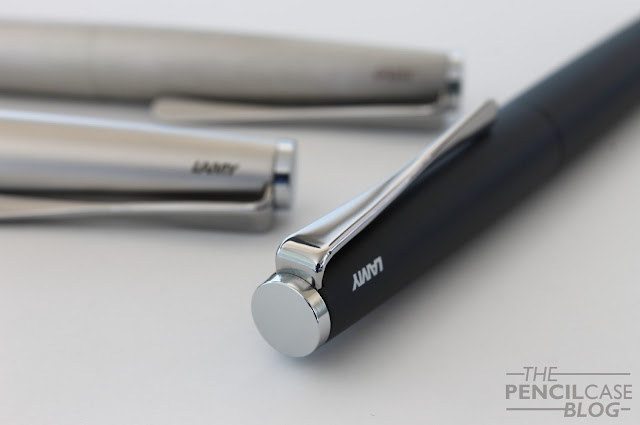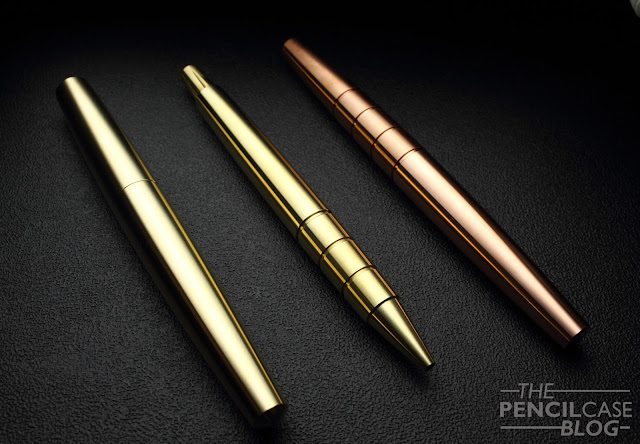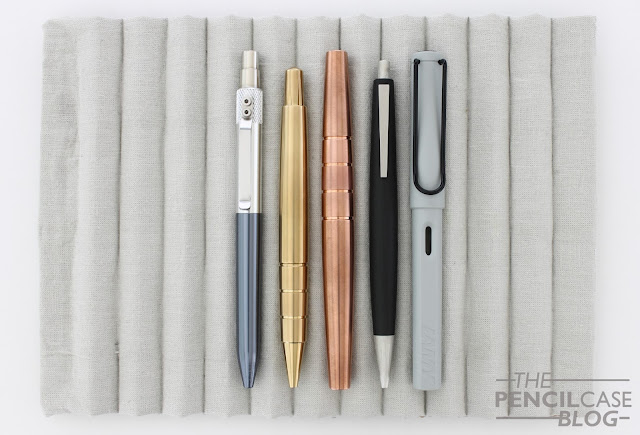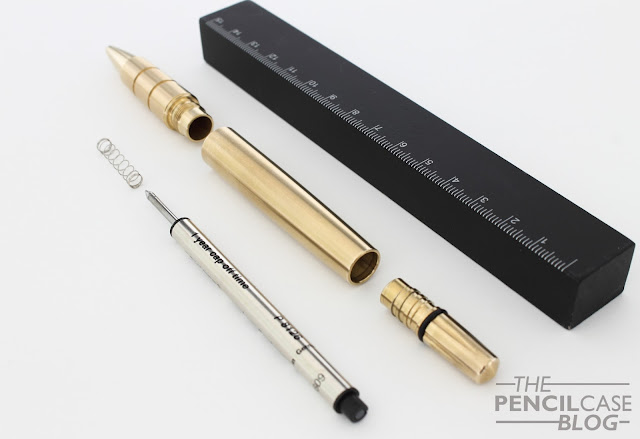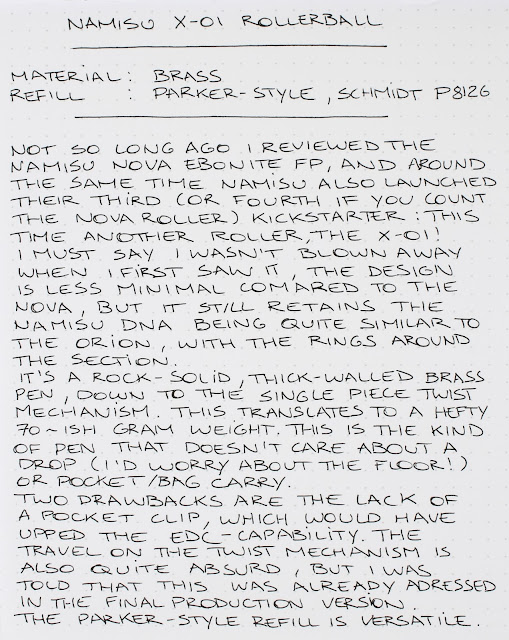Do you trust me?
Going off of the things I have read on social media and forums recently, there seems to be a trust issue developing. Which is really unfortunate because we definitely don't write blogs to start arguments or to tell lies (at least in our pen community that's not the case). In this post I'd like to talk about biased reviews, and how it inevitably correlates to personal preferences. I think this is a bit of a grey zone among pen bloggers, where everyone has an opinion, but nobody has a satisfying answer to all the questions that exist about it.
The stir is based around this: Some bloggers -me included- receive items for free from shops and brands. We review them as we would other items, or don't we? A lot of readers express the uncertainty they feel when they read our reviews: 'are those bloggers telling the truth about that product?' Or are we biased? Are we liars?
Personal opinion and preference
Well, the answer isn't as easy as you might think. Some people don't seem to understand that bloggers are just normal people too. Just like anybody else, we have preferences and we know what we like and don't like. It's inevitable that those preferences become a part of the reviews we write.
We -I'm speaking for myself here, but I think it applies to other bloggers as well- try to give you the objective, hard facts about a product, but these facts are combined with personal opinions to make for an enjoyable review. A completely objective review doesn't exist with pens, or it would have to be a useless and boring specs list and nothing more.
Pens, especially fountain pens, are a very personal experience. For example: I like oversized pens, broad, smooth, springy nibs and a rich ink flow, but you might like the exact opposite. So if I say I like a certain pen, but you buy it and end up hating it, does that mean that I lied? No of course I didn't, but I did express my personal preference and told you how I enjoy that specific product, and in the end it turned out that our preferences differ. In fact, if you'd look at someone's blog as a whole, it's basically one big expression of his or her preferences, and that's not something you can work around, it's part of who we are as a person.
Bias
This brings us back to bias. Bias follows from those personal preferences. We're even biased down to which products we choose to review or not. I won't pick a product that I know I won't like, I don't feel like giving a product a bad review because it's not for me, after all it would probably just leave a wrong impression anyway.
'What about those free products you receive, aren't you inclined to give it a better review than products you bought?' Well first of all, completely off-topic: let me point out that -especially for me as a student- receiving products to review is a neccesary evil. If it wasn't for the brands and shops that choose to support me, I would've run out of products to write about after the first few months. I'm not rich, so I can't just buy everything I want, but I do want to provide interesting and up to date reviews, so there really isn't much of an option there.
To get to the point, are the reviews we write influenced by receiving the products for free? You have to believe me when I say that I try very hard not to be affected by this. But it isn't easy, and I honestly can't promise that I never write something a little nicer than I maybe should've. Again those preferences come into play: if I'm a fan of a certain brand, I might sometimes be a little easier on it than I would with other brands.
I personally try to avoid unconsciously getting trapped in bias by following a certain mindset: I'm a fairly friendly guy (I think at least) and I try to always look for the best in a product. I don't feel the need to completely bash a product because one aspect about it wasn't good. After all, a negative review will also be based on personal opinion. I try to look at as many different aspects of a product while summing up pro's and con's and putting them in the right perspective. This way you can decide for yourself wether or not the product would be something you'd like.
To conclude
I hope I've made my point that it's pretty much impossible to completely avoid bias in reviews, just because people will always have a personal opinion. But there are solutions that could help. The best advice I can give is to
always stay sceptical! If you're reading a review to see wether or not you should buy a certain pen, think for yourself: 'Does that pen look comfortable?, from the experience the blogger wrote down, does it sound like it would be something you'd enjoy?' If you think a certain blogger has a different taste and opinion than you, maybe look for other reviews by other bloggers, and compare them to form a more generalised idea. If you read five different reviews and they all say the same thing, it's probably trustworthy (but even then your mileage may vary, it's not an exact science!).
I hope I gave some insight about how I think about all this, and perhaps it helps to clarify how reviews should be interpreted, and what you should and shouldn't expect from me, but also other bloggers. If only there would be a way to write reviews that everyone will agree with, but unfortunately that doesn't exist.
To follow up on the matter of personal opinion, I have updated my
about page, at the bottom of the page you can find a link to an article where I specify my personal tastes and preferences for pens, paper and inks. This should be able to help you decide wether or not my personal preferences will differ from yours, I hope it helps!

















